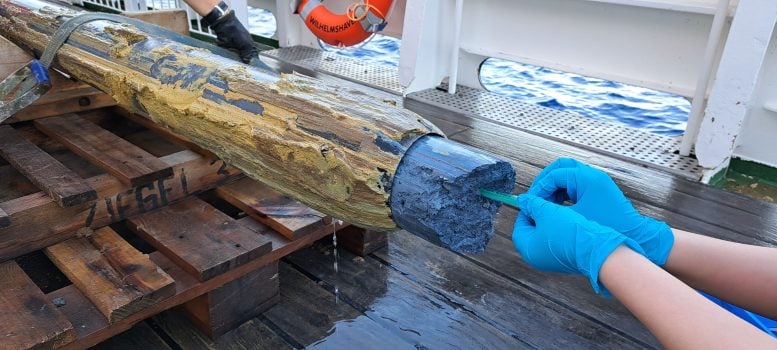Microcin (noun, “MY-krow-sin”)
Microcins are tiny protein-like molecules that take down bacteria. They are made by bacteria, for other bacteria.
Not all bacteria make microcins. Those that do use them only in places where they are competing with other microbes. Bacteria release these weapons into their surroundings. Once there, microcins kill — or at least slow the growth of — rival microbes.
Escherichia coli, or E. coli, is one microcin-wielding microbe. This microbe lives in many places, including our guts. Some strains of E. coli can make us sick. But most are harmless. Many strains even help keep us healthy. Microcins are one way E. coli do this.
E. coli release a microcin called microcin V, which clears away some other bacteria in its territory. One such rival is Salmonella enterica. If left to grow unchecked, Salmonella can make people sick. So, by clearing it out, E. coli microcins protect us from getting sick.
Microcins are peptides. You can think of peptides as tiny proteins. Both proteins and peptides consist of the same building blocks — amino acids. The difference: proteins consist of hundreds or thousands of amino acids. Microcins are smaller. Consider microcin V. It consists of just 88 amino acids. Microcin J25 — also released by E. Coli — is even smaller. This tiny lasso-shaped molecule consists of only 21 amino acids.
Microcins take out rival microbes in various ways. Most interfere with some aspect of a microbe’s protein-making process. Microcin J25 targets a rival’s ability to use its DNA to make proteins. Microcin V blocks a rival’s ability to take up iron from the environment.
In a sentence
Some bacteria eliminate microbial competition by unleashing toxic microcin molecules.













 Bengali (Bangladesh) ·
Bengali (Bangladesh) ·  English (United States) ·
English (United States) ·